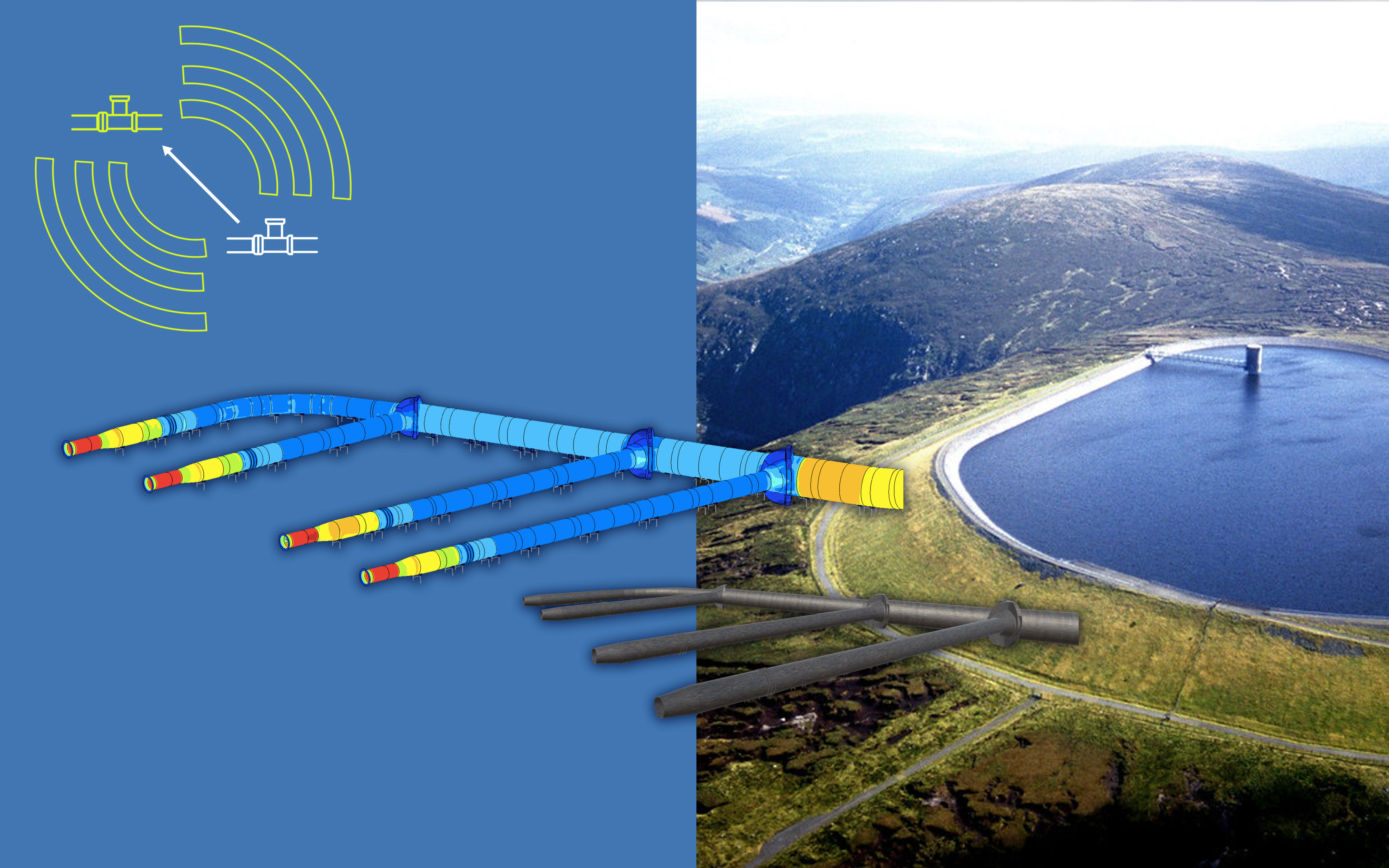694 results found
Featured results



More results




The procurement guidelines were introduced in April 2015 by ADB. The purpose of these Guidelines is to inform those carrying out a project that is financed in whole or in part by a loan from the Asian Development Bank (ADB), ADB-financed grant, or ADB-administered funds.


The World Bank Group developed this tool to help governments systematically prioritise infrastructure investments to achieve their development goals, taking into account capacity and public resource constraints.

Speaking before the G24 forum of developing countries in Colombia, the Global Infrastructure Hub called on public and private sector actors to increase efforts to understand each other’s priorities in order to structure infrastructure projects that can attract private financing.
This guidance tool has been developed for governments that wish to enhance the viability of their PPP infrastructure projects.

This book describes some key global water challenges, perspectives for remote sensing approaches, and their importance for water resources-related activities. It presents eight key types of water resources management variables, a list of sensors that can produce such information, and a description of existing data products with examples.


The document provides a guidance for planning investments by the Government. The Governments currently cherry-pick the evaluation method that suits the result they want.



The UNECE International PPP Centre of Excellence has as its core vision the implementation of PPP solutions to promote the United Nations Sustainable Development Goals (SDGs).


Finance ministry and central bank officials at the February Asia-Pacific Economic Cooperation (APEC) meeting in Peru called for closer collaboration with the Global Infrastructure Hub (the GI Hub) at a session focussed on strengthening public policy in the Asia-Pacific region.
The present study Review of success stories in urban water utility reform was commissioned in 2015 as a follow-up to an independent evaluation of SECO s Corporate Development activities.

In 2015, SECO undertook a Review of Success Stories in Urban Water Utility Reform. Key tables and diagrams from the Review are presented in this document – forming a tool for analysis and dialogue.

In 2015, SECO undertook a Review of Success Stories in Urban Water Utility Reform. Key tables and diagrams from the Review are presented in this document forming a tool for analysis and dialogue.

PFRAM is a tool that assesses potential fiscal costs and risks arising from PPP projects.
To attract the trillions of dollars needed in infrastructure investment to fuel global growth and create jobs, we need better information about what’s working and why.
On 27 January 2016, the Global Infrastructure Hub was represented by Senior Director, Richard Timbs, at the global launch of the International Infrastructure Support System (IISS) at the Inter-American Development Bank in Washington.
This paper assists project teams in managing climate change risk in the context of water supply and sanitation investment projects.







 Link
Link


